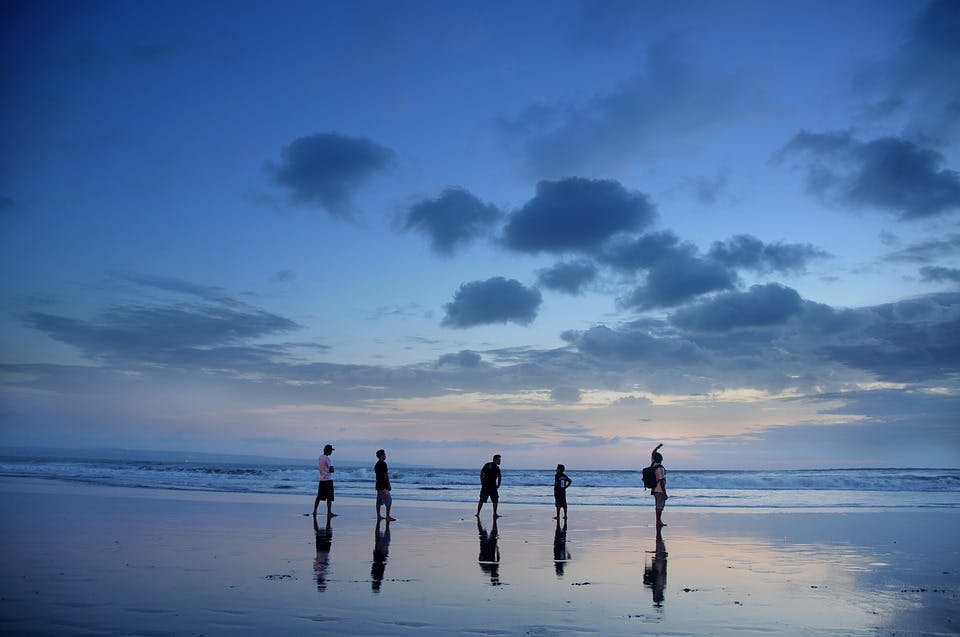Hawaii’s state flag flies proudly throughout the islands at many locations, including government buildings, private homes and schools. And with today being Hawaiian Flag Day (July 31), I thought it appropriate to delve deeper into its history. First off, the flag is commonly recognized by eight red/white/blue stripes, to represent the eight major islands, and the Union Jack of the British Empire emblazoned in the top left corner.
In 1990, former Hawaii governor John D. Waihee III proclaimed July 31 to be Ka Hae Hawaii Day, or Hawaiian Flag Day.
Historians point to King Kamehameha the Great when explaining the story behind the flag’s design. During the late 18th century, he flew a British flag over his kingdom after receiving it as a gift from King George III. But by the War of 1812, it had been replaced with an American flag. This upset British officers in the king’s court, and eventually, the flag was removed.
As a compromise, King Kamehameha commissioned the flag we’re familiar with today; one that incorporates both nations by way of color and design. Hence, the red/white/blue color scheme is similar to that of America’s Old Glory and the Union Jack, a symbol of Hawaii’s alliance with the British.
Some argue that the Kanaka Maoli flag was Hawaii’s original flag.
Ka Hae Hawaii, or the Flag of Hawaii, represents the many aspects of Hawaii’s rich history. It symbolizes the Kingdom of Hawaii, the republic of Hawaii, its status as a territory and its present status as an official U.S. state. Sometimes, you’ll see the flag hanging upside down, which symbolizes a “nation in distress” and a sign of protest to the American government. In fact, some argue that the Kanaka Maoli, or Native Hawaiian, flag was the original Hawaiian flag. It bears a kahili, the Hawaiian royal standard, and two canoe paddles atop a green shield. The paddles represent the ancient tradition of voyaging. The red, yellow and green colors stand for the different social classes; yellow for the alii (royalty); red for the konohiki (land managers who served the alii); and, green for the makaainana (commoners).




